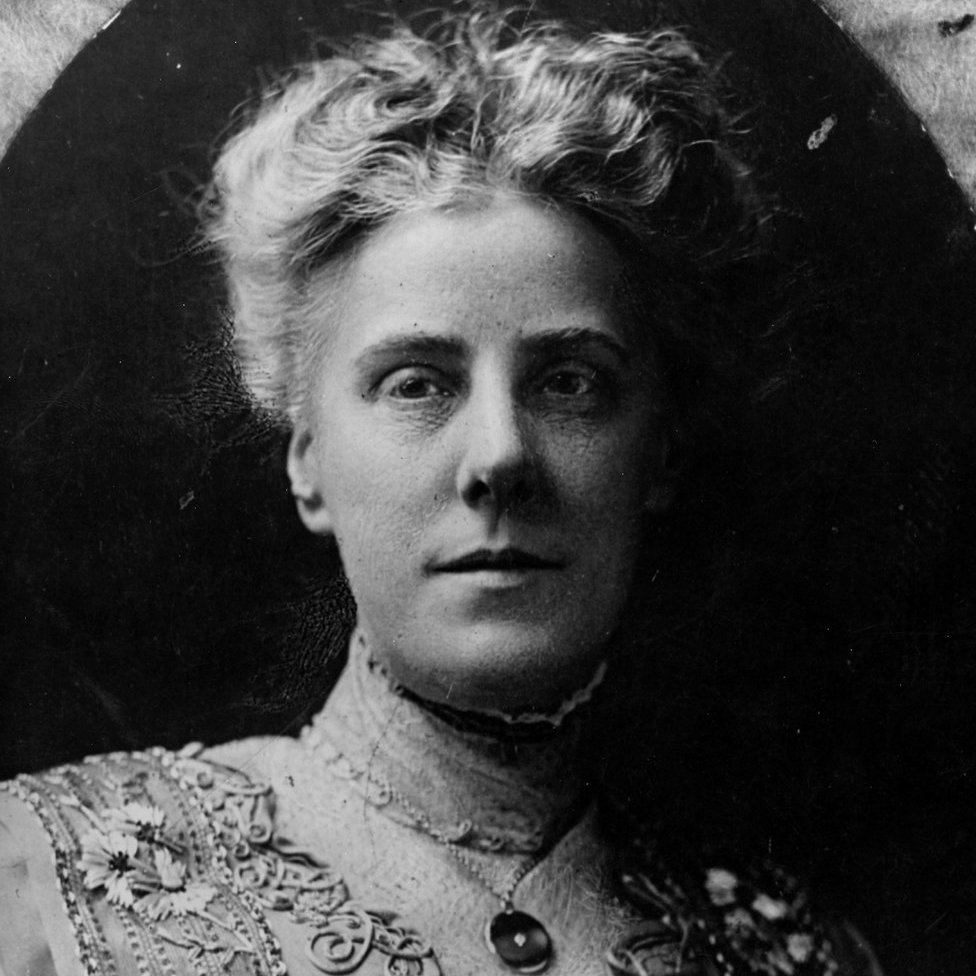Hope you’re enjoying Memorial Day and honoring the importance of this holiday and three-day weekend. Today’s #HistoryMonday details a tragedy for many Americans but is not connected to armed forces veterans or Memorial Day.

On this day in 1889, a dam of the Little Conemaugh River failed and released over 3.8 billion gallons of water upon the town of Johnstown, Pennsylvania. Steady rain over the day before sustained for several hours had caused enough damage for the dam to fail.
Johnstown is a town about 60 miles from the town of Pittsburgh and many of its residents were blue-collar workers in the local steel industry. The South Fork Dam which failed was built in 1840 on the Little Conemaugh River, 14 miles upstream from Johnstown. Almost a decade before the flood, investors purchased the dam and many others that had been erected as part of a canal system in the early 19th Century. Many of these investors were connected to the Carnegie Steel Corporation, including Carnegie’s chairman Henry Clay Frick. Hoping to develop the land, these speculative investors saw opportunity to use the dam and Lake Conemaugh for their own personal interests. Frick and others created the South Fork Fishing and Hunting Club on the lake and adjusted the dam by lowering the height and removing overflow pipes.
These adjustments would cause irreparable harm for the people of Johnstown. Although the townsfolk knew their town was in a floodplain and saw deluges before, the 1889 flood was unexpected. A dam engineer attempted to warn the residents of Johnstown, but the telegraph lines were down, and local officials did not receive the warning cable and the engineer’s message on horseback reached the town too late.
Sadly, as a result of the flood 2,209 people perished. Property losses to the town are estimated at $17 million ($493,000,000 in today’s money) and destroying 1600 homes and Cambria Iron and Steel’s facilities. Bodies of victims was found as far away as Cincinnati and as late as 1911.

After the flood, local residents were angered at the efforts of the South Fork Fishing and Hunting Club and attempted to sue them for damages. The club’s defense team argued that the flood was an act of God and they should not be held liable. The court would rule in favor of the defendants and the club was not made to pay damages to the plaintiffs.
Some members of the club, including Frick donated thousands of dollars to the town for aid in rebuilding the town and showing at least some sympathy for their misfortune that was likely due to the dam’s adjustments. Andrew Carnegie donated money to build a library for the town as a token of sympathy along with many of his corporate officers like Frick who were involved in the South Fork Fishing and Hunting Club. Carnegie would of course continue to donate millions to charitable organizations including libraries which still bear his name.
The Red Cross that had been formed a couple of decades earlier in the U.S. Civil War became one of the first organizations on the scene at Johnstown and aided the survivors with medical care and disaster recovery. This practice continues today as the Red Cross is involved early on with disaster relief efforts due to natural disasters.
Several structures in Johnstown have been converted for use as memorials in recent years. Remnants of the Stone Bridge have been made part of the Johnstown Flood National Memorial. The Carnegie Library was converted to the Johnstown Flood Museum.
Oddly enough, floods continue around Johnstown in 1894, 1907, 1924, 1936, and 1977. The 1936 flood resulted in the U.S. Army Corps of Engineers to erect large concrete river walls that would provide more protection. The 1977 flood saw even more water than was safely expected with the river walls and resulted in more property damage and loss of life, but thankfully less than the 1889 flood. City officials have erected markers in town to demonstrate the level of the crests of the 1889, 1936, and 1977 floods.
Have you ever been to Johnstown, Pennsylvania?












